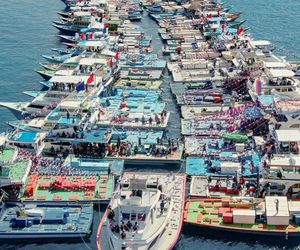Expert explains DNA evidence in Rilwan abduction trial
DNA lifted from hairs found in the trunk of a car owned by one of the defendants matched Rilwan’s mother.

14 May 2018, 9:00 AM
Fathimath Isha
A police forensic expert explained Monday key DNA evidence in the abduction of journalist Ahmed Rilwan in August 2014.
Mitochondrial DNA from hairs found inside a car owned by one of the defendants matched Rilwan’s mother, Madheeh Mohamed Saleem told the court, explaining that mDNA is inherited solely from the mother.
The defendants, Alif Rauf and Mohamed Nooradeen, are accused of forcing Rilwan into a car at knifepoint outside his apartment building in Hulhumalé.
Terrorism charges were raised against the pair in August last year. Unlike other terror suspects, they remain free during the trial.
Become a member
Get full access to our archive and personalise your experience.
Already a member?
Discussion
No comments yet. Be the first to share your thoughts!
No comments yet. Be the first to join the conversation!
Join the Conversation
Sign in to share your thoughts under an alias and take part in the discussion. Independent journalism thrives on open, respectful debate — your voice matters.




